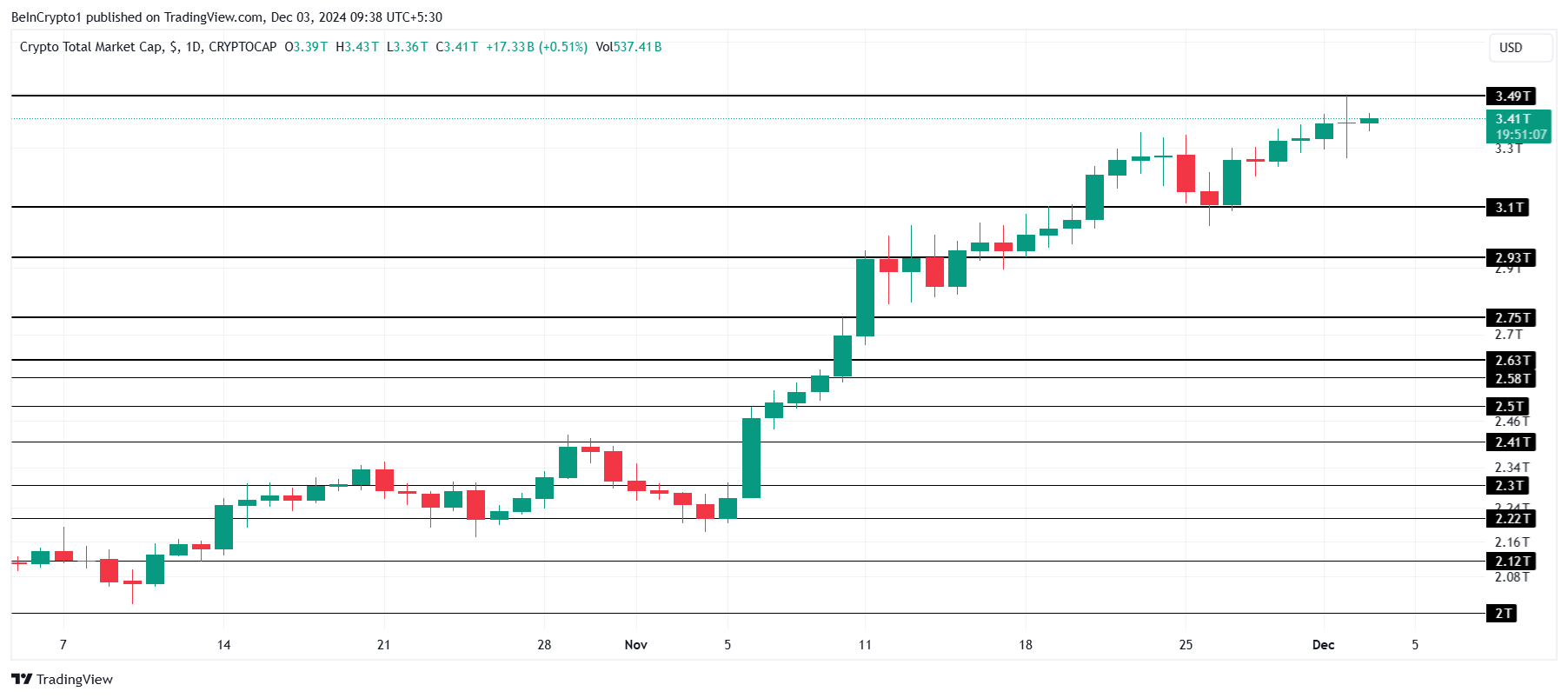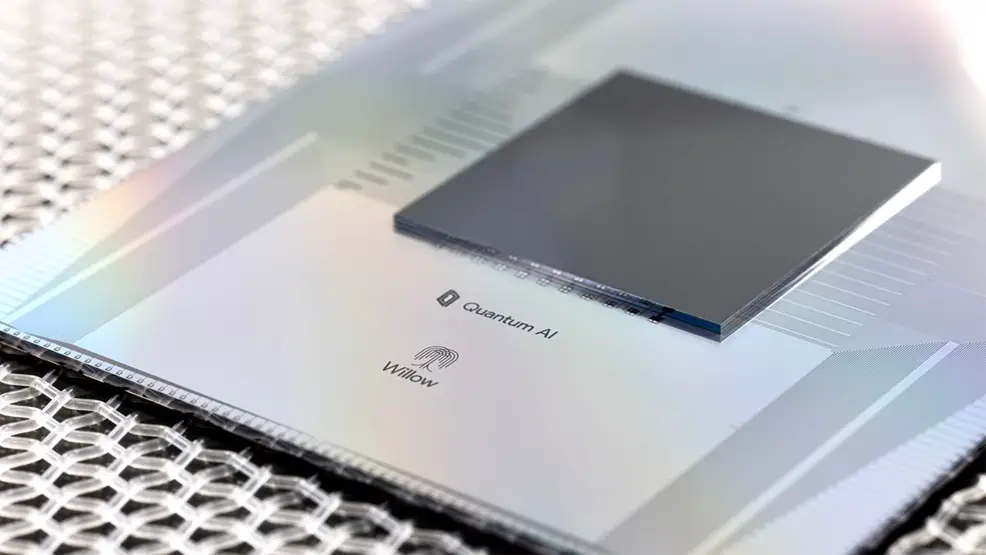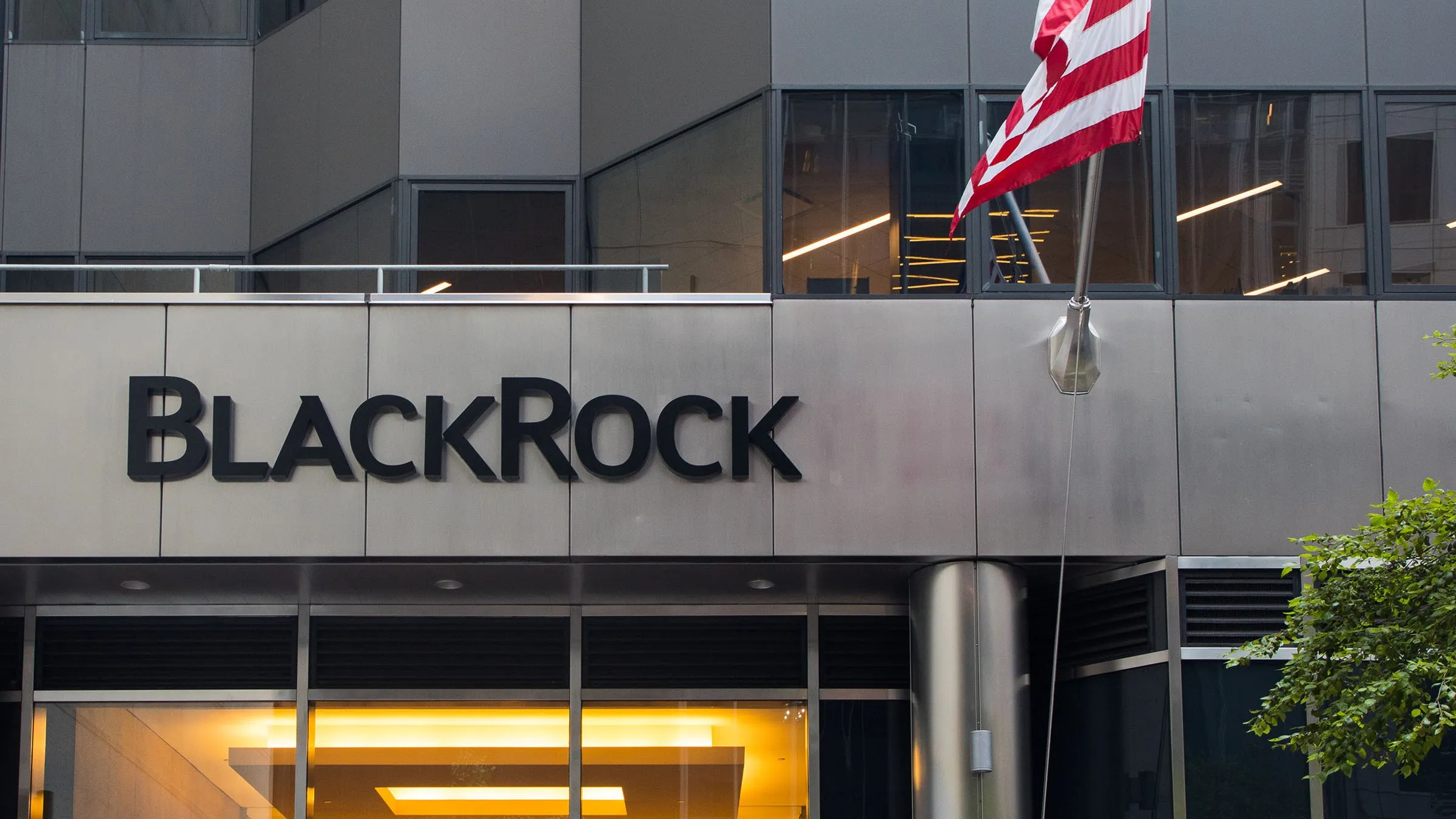Last week, the Helium Foundation said in a somewhat-cryptic blog post that it would be unveiling new proposals for “subnetworks” that go “beyond wireless.” Guesses as to what these subnetworks would be flooded in, ranging from proof-of-location to decentralized compute.
The answer became clear this week when a Swedish energy-focused project named Srcful proposed becoming a Helium subnetwork with its own ENERGY token. The Helium Foundation has mostly kept mum on what other future subnetworks might be.
Helium currently lets individuals run nodes in its Internet of Things (IoT) network in exchange for Solana-based IOT tokens, which can be converted into HNT tokens. The MOBILE wireless network is also under the Helium umbrella. To participate, households or businesses can drop a few hundred dollars on a Helium hotspot and plug it into the wall while hoping the token payouts exceed the energy bill.
At a high level, a firmware upgrade would let existing Helium IoT hotspots also power Srcful. This would expand the network’s usefulness while also opening up another avenue for token rewards. The proposal also alludes to ENERGY-exclusive “gateways” that could work as hotspots — saying vendors would need to stake 50 million ENERGY to sell them.
Subject to a successful governance vote, Srcful plans to use Helium hotspots to run a virtual power plant. Virtual power plants (or VPPs) are a new-ish idea in the renewable energy space whereby smaller-scale distributed energy sources can be aggregated to support the energy grid.
In Srcful’s case, this looks like households offering the power from their solar panels or batteries (the kind of batteries big enough to power a house for a few hours) to build a VPP — and receiving ENERGY tokens in exchange.
Helium hotspots would be used for “reading and controlling” the solar panels and batteries, and hotspot operators would get rewarded in ENERGY tokens.
Srcful would then sell the virtual power plant energy — and potentially some accompanying energy data — to clients like energy companies or grid operators, which would hopefully bring in enough revenue to keep the lights on (pun intended).
If you feel like this is a bit convoluted, you’re not alone. Srcful’s complicated business model became a source of concern for some in the HIP’s Discord discussion.
“Here is the issue, I want to support everything in the Helium ecosystem. However…I can’t even fully explain it to friends of mine in the Solar business,” one user wrote.
Srcful CEO Fredrik Ahlgren told me in an interview that he realizes “it’s very hard for people to understand” what Srcful does, but he wants to present Helium community members with a more streamlined narrative: “If you have solar or batteries, you get rewards for helping the grid.”
There’s also the obstacle that Srcful is yet to nail down contracts with energy-needy operations that would pay for its VPP.
Read more: Empire Newsletter: How ‘number-go-up’ fuels DePIN
“I would say that this applies for every DePIN project,” Ahlgren said. “You need to start somewhere. You need to believe that there is a demand side and have a product market fit.”
Helium Foundation CEO Abhay Kumar didn’t have much to add when I asked him about the future of Helium’s subnetworks. He said in a text that building a hub for all DePIN “could be a direction we go,” but added: “I don’t like to ‘ship a vision’ before shipping a product. Plenty of that out there.”
Kumar did say he expects “many such proposals” like Srcful’s to reach Helium’s governance forum.
As Helium looks to onboard Srcful — and presumably other new DePINs as well — I’ll be interested to see how these subnetworks resolve the classic Helium question of tokenomics.
Helium has a complex utility score used to allocate HNT to its networks, and the tokenomics have been subject to some tinkering from the Helium community. Regardless, HNT has seen its price drop by two-thirds since February, trading at around $3.08 at time of writing.
Source: Blockworks






